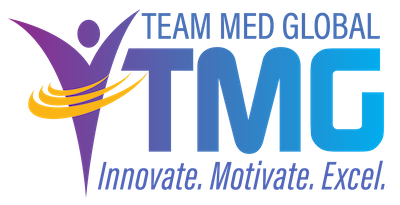 The healthcare industry is at a pivotal moment as organizations prepare for 2025. Credentialing, provider enrollment, and licensing are no longer behind-the-scenes operations—they’re integral to achieving strategic objectives. Healthcare leaders must stay ahead of emerging trends to adapt to this dynamic landscape.
The healthcare industry is at a pivotal moment as organizations prepare for 2025. Credentialing, provider enrollment, and licensing are no longer behind-the-scenes operations—they’re integral to achieving strategic objectives. Healthcare leaders must stay ahead of emerging trends to adapt to this dynamic landscape.
This post identifies essential trends influencing credentialing and provider enrollment practices, inspired by industry insights and broader data analyses.
Shifting Payment Models Require New Credentialing Standards
Value-based care (VBC) continues to grow, prompting organizations to rethink how they credential and enroll providers. Alternative payment models such as Accountable Care Organizations (ACOs) and bundled payments prioritize outcomes over volume.
MSP Implications:
Credentialing for VBC involves understanding metrics, managing payer-specific requirements, and ensuring compliance with quality-focused initiatives.
Post-Pandemic Coverage Changes and Their Operational Impact
The healthcare coverage landscape has shifted significantly due to the end of pandemic-related provisions. Medicaid and Medicare Advantage enrollment patterns are evolving, influencing patient access and reimbursement structures.
MSP Implications:
Provider enrollment processes must adapt to accommodate changes in payer mix and network configurations. Streamlined workflows and proactive monitoring of payer requirements will help maintain alignment with these shifts.
Workforce Pressures and Their Ripple Effects
Healthcare staffing shortages are affecting all areas, including provider enrollment and credentialing. Efficient onboarding of qualified providers is crucial to mitigating these challenges while maintaining high operational standards.
MSP Implications:
Digital tools and analytics can help MSPs handle higher workloads without sacrificing accuracy or compliance, ensuring providers are enrolled and credentialed promptly.
Specialty Care Growth and Service Line Changes
Key service lines, such as oncology and orthopedics, are projected to expand, with more procedures shifting to outpatient settings and Ambulatory Surgery Centers (ASCs).
MSP Implications:
Credentialing processes must accommodate providers in these high-growth areas, ensuring compliance with payer and regulatory requirements while supporting operational goals.
Compliance Expectations Are Rising
Payers and regulators are heightening scrutiny on credentialing and enrollment practices, with initiatives such as Medicare Advantage star ratings and Medicaid audits.
MSP Implications:
Regular file audits, continuous education, and alignment with regulatory updates will help MSPs mitigate risks and improve organizational performance.
Technology as a Game-Changer for MSPs
Innovations in credentialing platforms, AI, and analytics are transforming how MSPs work. These tools offer faster turnaround times and fewer errors, making them essential for organizations looking to stay competitive.
MSP Implications:
Advocating for and implementing technology solutions can enhance MSP workflows and ensure that credentialing and enrollment processes align with organizational goals.
As healthcare evolves, MSPs play a critical role in shaping the success of their organizations. By staying informed about these key trends and proactively aligning their practices, MSPs can not only navigate the challenges ahead but also drive meaningful improvements in healthcare operations.
